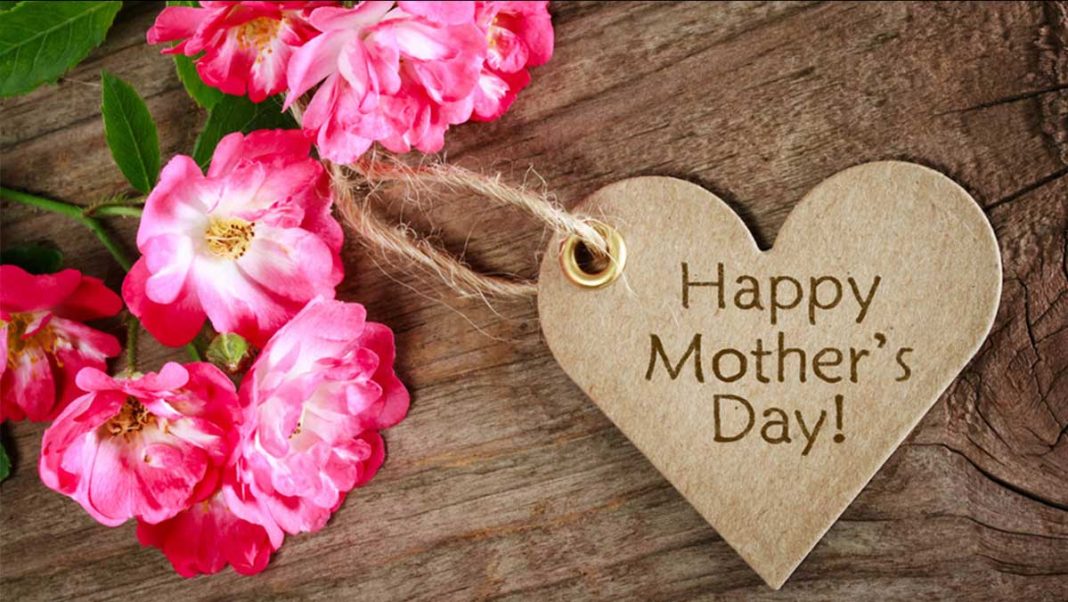Mother’s Day Holiday is a worldwide celebration celebrating mothers. Mother’s Day 2021 will be held on Sunday, May 9 in Kenya.
Anna Jarvis invented Mother’s Day in 1908, and it became an official United States holiday in 1914. Jarvis would later criticize the holiday’s commercialization and spend the rest of her time attempting to get it removed from the calendar.
Although the dates and holidays vary, flowers, cards, and other presents are usually given to mothers on this Day.
The Origins
Celebrations of mothers and motherhood can be traced back to the ancient Greeks and Romans, who celebrated festivities in praise of the mother goddesses Rhea and Cybele, but the clearest contemporary precedent for Mother’s Day is the early Christian holiday known as “Mothering Sunday.”
This festival, which falls on the fourth Sunday in Lent and was initially used as a day when the faithful would return to their “mother church”—the primary church in the vicinity of their home—for a special service, was once a significant ritual in the United Kingdom and parts of Europe.
Mothering Sunday evolved into a more secular holiday over time, with children giving flowers and other symbols of gratitude to their mothers. In the 1930s and 1940s, this tradition faded in popularity until combining with American Mother’s Day.
Did you know? More phone calls are made on Mother’s Day than any other day of the year. These holiday chats with Mom often cause phone traffic to spike by as much as 37 percent.
Editorial
Ann Reeves Jarvis and Julia Ward Howe
Mother’s Day as we know it now dates back to the nineteenth century in the United States.
Ann Reeves Jarvis of West Virginia helped establish “Mothers’ Day Work Clubs” to teach local women how to better care for their children in the years leading up to the Civil War.
Later, these clubs were a unifying power in a world already torn by the Civil War. Jarvis founded “Mothers’ Friendship Day” in 1868, at which former Union and Confederate soldiers met with mothers to encourage unity.
Juliet Calhoun Blakely, a temperance leader who inspired a local Mother’s Day in Albion, Michigan, in the 1870s, is another early Mother’s Day pioneer.
In the late 19th and early 20th century, Mary Towles Sasseen and Frank Hering collaborated to plan a Mothers’ Day. Hering has been dubbed “the father of Mother’s Day” by others.
A National Holiday
Anna Jarvis, Ann Reeves Jarvis’s daughter, was instrumental in establishing the official Mother’s Day holiday in the early 1900s. Anna Jarvis created Mother’s Day after her mother died in 1905.
She wanted to celebrate the sacrifices mothers made for their children.
In May 1908, she arranged the first official celebration at a Methodist church in Grafton, West Virginia, with the help of a Philadelphia department store owner called John Wanamaker.
Thousands of people attended a Mother’s Day celebration at one of Wanamaker’s retail stores in Philadelphia on the same day.
Following the success of her first event, Jarvis—who remained unmarried and childless her whole life—resolved to see her holiday added to the national calendar.
Arguing that American holidays were biased toward male achievements, she started a massive letter writing campaign to newspapers and prominent politicians urging the adoption of a special day honoring motherhood.
Mother’s Day International Association
By 1912, it had become an annual holiday in several states, cities, and churches, and Jarvis had founded the Mother’s Day International Association to further her cause.
In 1914, her perseverance paid off when President Woodrow Wilson signed a bill designating the second Sunday in May as Mother’s Day.
It was created by Anna Jarvis as a day of personal celebration for mothers and relatives.
Wearing a white carnation as a pin and meeting one’s mother or attending church services is both part of her version of the day.
However, after Mother’s Day became a national holiday, florists, card companies, and other retailers quickly capitalized on the holiday’s success.
Profiteers
Although Jarvis had initially partnered with the floral industry to help lift Mother’s Day’s profile, she had become dissatisfied with the holiday’s commercialization by 1920.
She publicly criticized the transformation and encouraged people to refrain from purchasing roses, gifts, and candies for Mother’s Day.
Jarvis later launched an outspoken crusade against Mother’s Day profiteers, criticizing confectioners, florists, and even charitable organizations.
She has filed several cases against organizations that used the term “Mother’s Day,” ultimately devoting the majority of her personal fortune to litigation fees.
Jarvis had fully disowned the holiday by the time she died in 1948, and had successfully lobbied the government to have it banned from the American calendar.
World Wide
Its observed in different ways around the world, customs vary by region. For example, it is still observed in August in Thailand, on the birthday of the reigning monarch, Sirikit.
In Ethiopia, families come together each fall to sing songs and eat a big feast as part of Antrosht, a multi-day festival celebrating motherhood.
It is also celebrated in Kenya by giving presents and roses to mothers and other people, and it has become one of the most expensive holidays for consumers.
Families often honor mothers by allowing them to take a day off from tasks such as cooking or other domestic chores.
It has been seen as a platform for liberal and feminist movements in the past. Coretta Scott King, Martin Luther King Jr.’s wife, organized a march in favor of underprivileged women and children on Mother’s Day in 1968.
Women’s organizations used the holiday in the 1970s to emphasize the importance of civil opportunity and childcare access.

